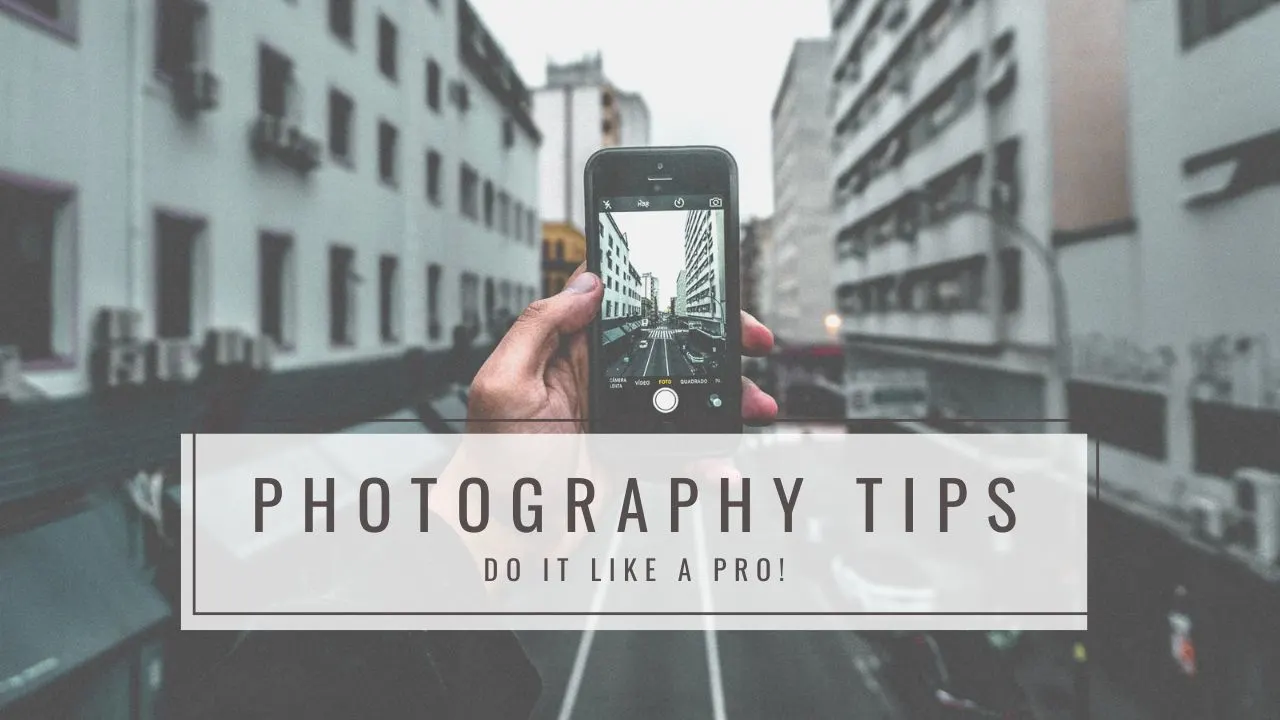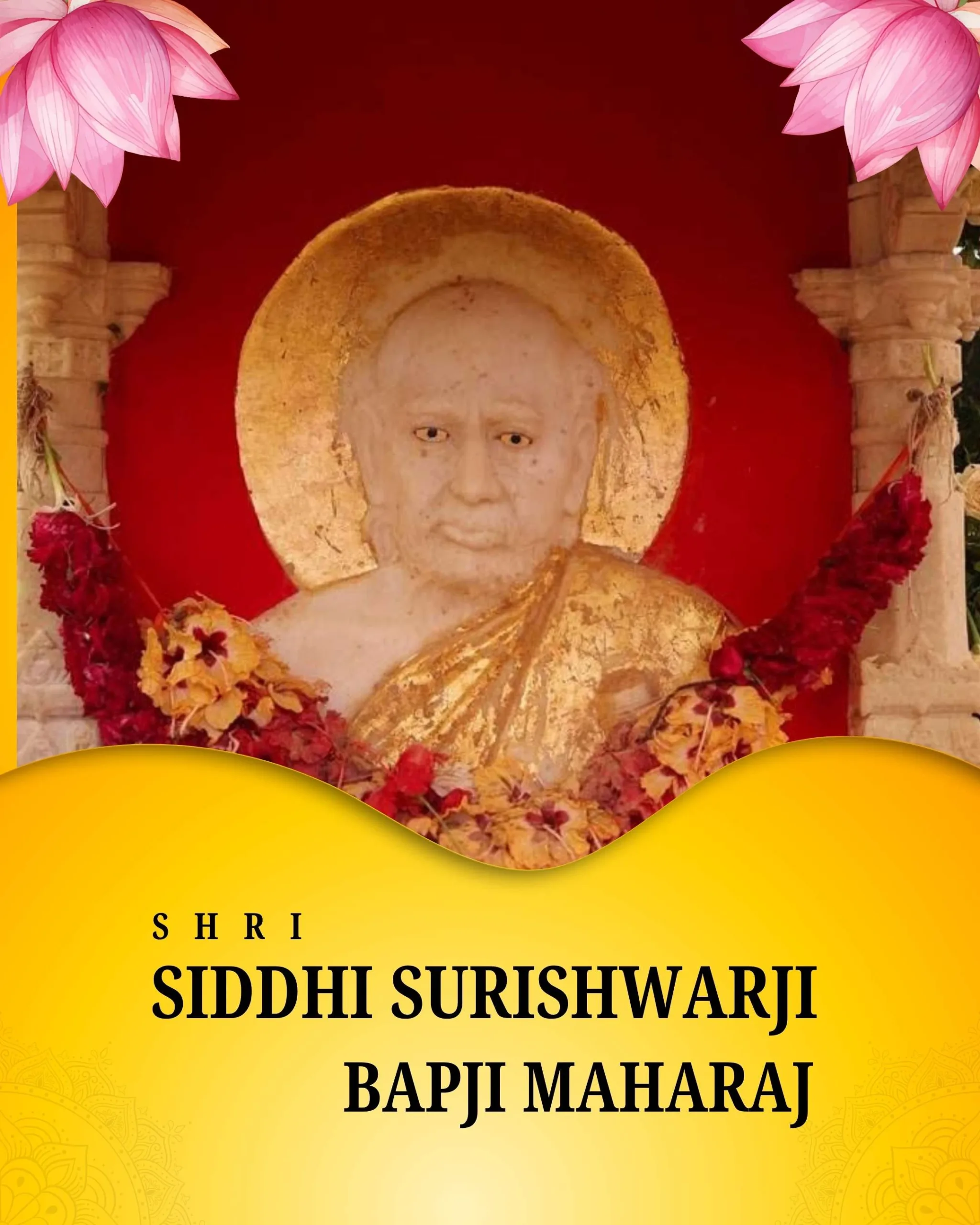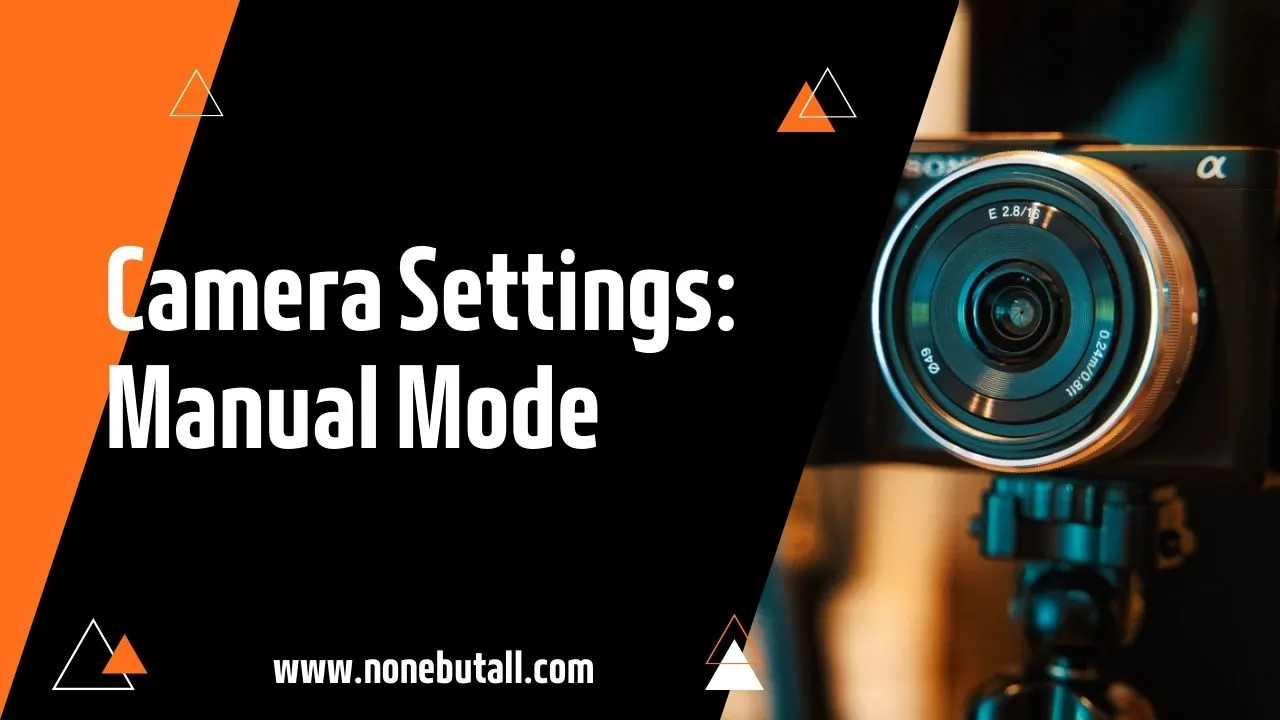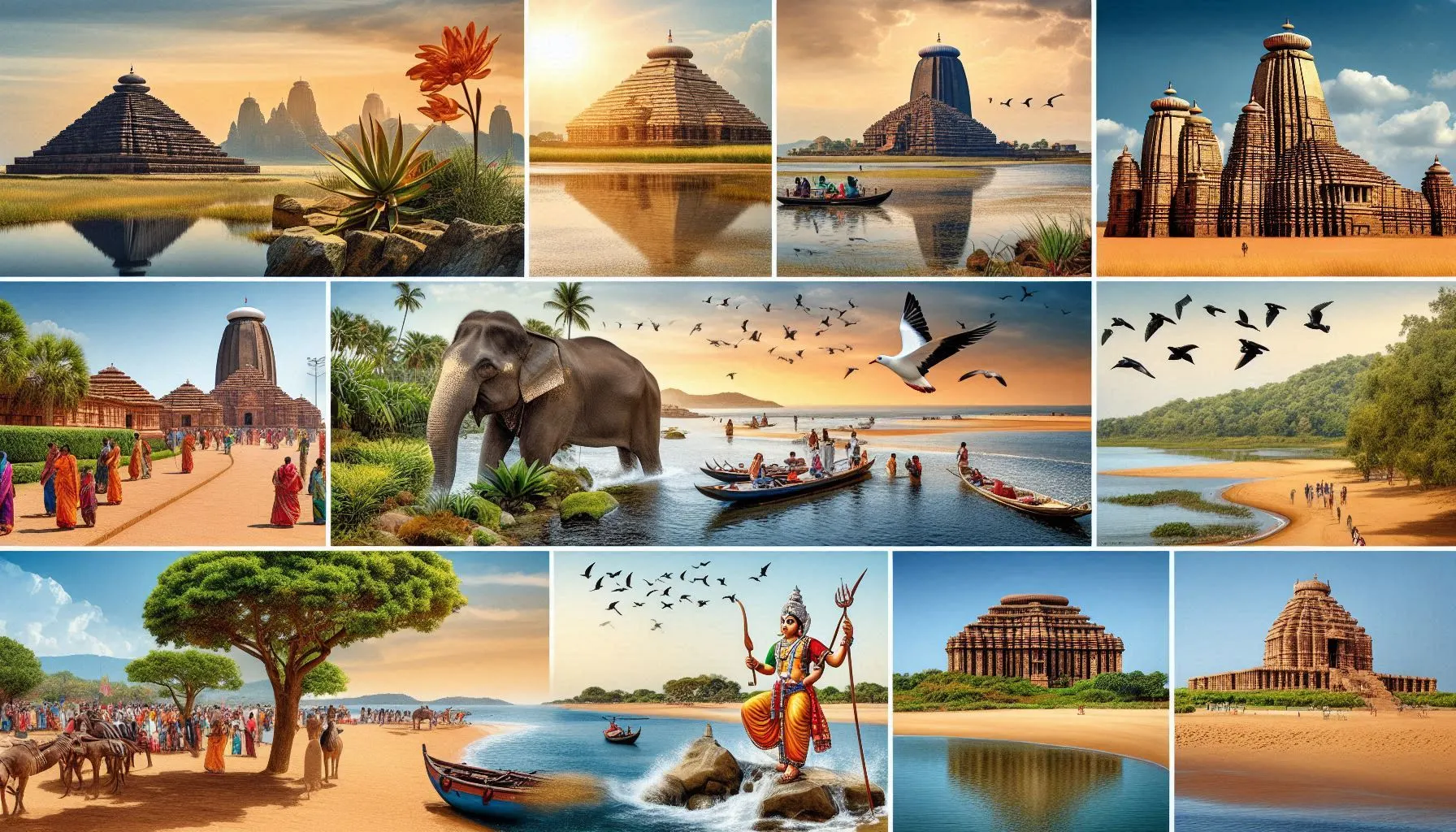
Home & Kitchen: Up to 75% Discount on Home & Kitchen Products
Home & Kitchen: Up to 75% Discount on Home & Kitchen Products

Home & Kitchen: Up to 75% Discount on Home & Kitchen Products

Top 10 Hidden Smartphone Features You’re Not Using (But Should Be) – Boost Your Mobile Experience Today

Top 10 Tips of Pro level smartphone photography : Turn Your Smartphone Into a Pro Camera

Home & Kitchen: Up to 75% Discount on Home & Kitchen Products

Top 10 Hidden Smartphone Features You’re Not Using (But Should Be) – Boost Your Mobile Experience Today

Top 10 Tips of Pro level smartphone photography : Turn Your Smartphone Into a Pro Camera

Bapji Maharaj Pradakshina na Duha (બાપજી મહારાજ ની પ્રદક્ષિણાના દુહા)

Shri Siddhisuriswarji Maharaja na Sattavisa (bapji maharaj sattavisa)


Top 10 Tips of Pro level smartphone photography : Turn Your Smartphone Into a Pro Camera

Breaking Down Camera Settings: A Guide to Shooting in Manual Mode

24 Photography Tips for Beginners in 2024 - Happy Shooting!!

Explore Together: Top 10 Tourist Places for a Memorable Family Vacation

Exploring Amazing Odisha: Top 10 Must-Visit Tourist Destinations

Credit Card Rewards: Are They Worth It?

10 Proven Strategies: How to Start a Business and Make Money?

Can you make money selling ebooks on Amazon? - The Power is in Your Hands
